An archaeologist on our team described the following scenario that can occur during the analysis and interpretation of archaeological finds. It may be difficult to interpret an artifact, particularly if it is poorly preserved; so in addition to tools, weapons, and adornments, the Thulamela dataset lists several ![]() Unidentified metal implements. The Faceted Query Engine can help the user put artifacts back into context by means of spatial analysis. For example, the user may wish to query the system for objects that were found in close geographic proximity of
Unidentified metal implements. The Faceted Query Engine can help the user put artifacts back into context by means of spatial analysis. For example, the user may wish to query the system for objects that were found in close geographic proximity of ![]() Unidentified metal implements. If
Unidentified metal implements. If ![]() Ceremonial Entities, such as a ceremonial gong, were found in the same geographic
Ceremonial Entities, such as a ceremonial gong, were found in the same geographic ![]() Layer, then it is more likely that the
Layer, then it is more likely that the ![]() Unidentified metal implements also had a ceremonial function.
Unidentified metal implements also had a ceremonial function.
We can think of this analysis as a sequence of relating together three entity sets, two at a time. First, we find ![]() Layers that contain
Layers that contain ![]() Ceremonial Entities. Next, we relate this new entity set, Layer with Ceremonial Entities, to
Ceremonial Entities. Next, we relate this new entity set, Layer with Ceremonial Entities, to ![]() Unidentified metal implements.
Unidentified metal implements.
This analysis is demonstrated by the following sequence. As the first step, we look for ![]() Layers that contain
Layers that contain ![]() Ceremonial Entities. We save the result as a new entity set, and call it
Ceremonial Entities. We save the result as a new entity set, and call it ![]() Layers with Ceremonial.
Layers with Ceremonial.
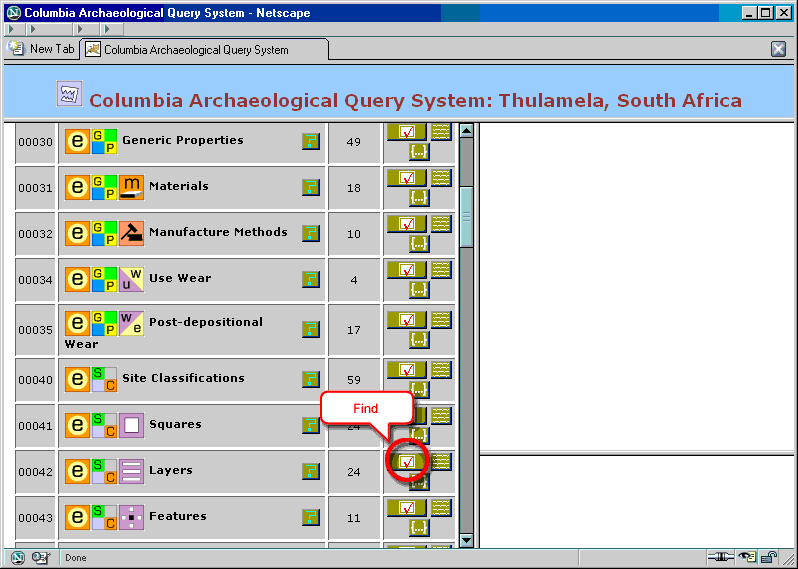
Figure 13: Relating two entity sets: choosing the first source entity set
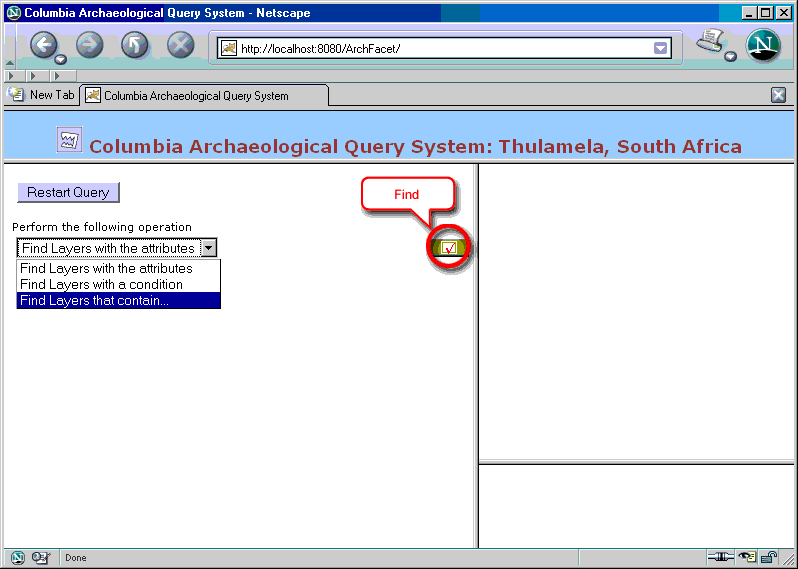
Figure 14. Relating two entitiy sets: choosing first relationship
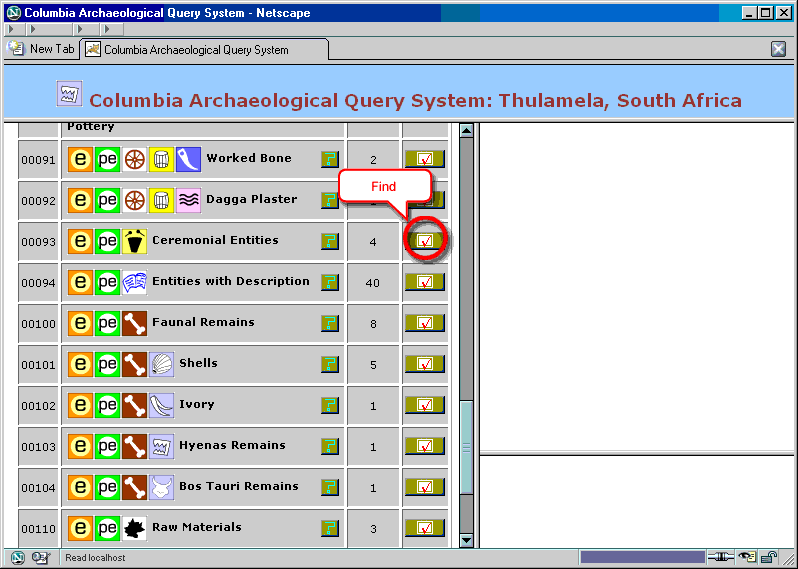
Figure 15. Relating two entity sets: choosing first target entity set
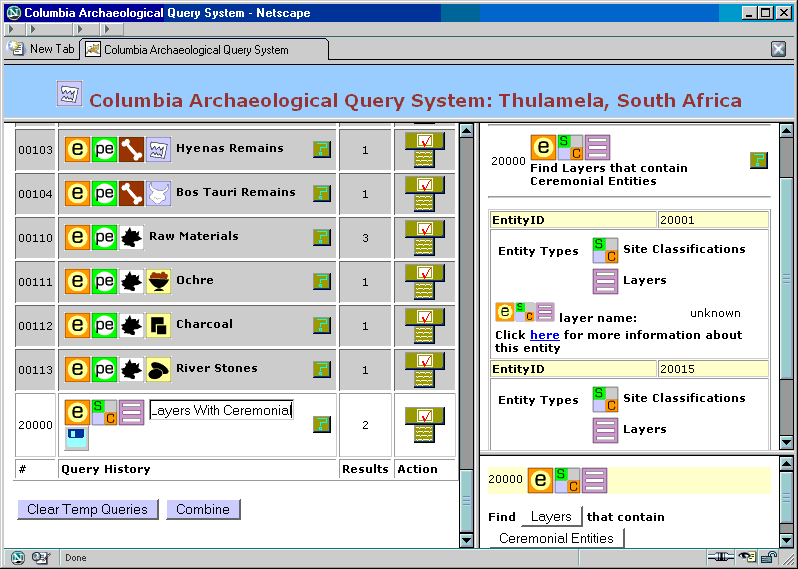
Figure 16. Relating two entity sets: inspecting and saving intermediate result
Next, we look for ![]() Unidentified metal implements that were found in layers in the set
Unidentified metal implements that were found in layers in the set ![]() Layers with Ceremonial, and hypothesize that these implements were likely used for ceremonial purposes.
Layers with Ceremonial, and hypothesize that these implements were likely used for ceremonial purposes.
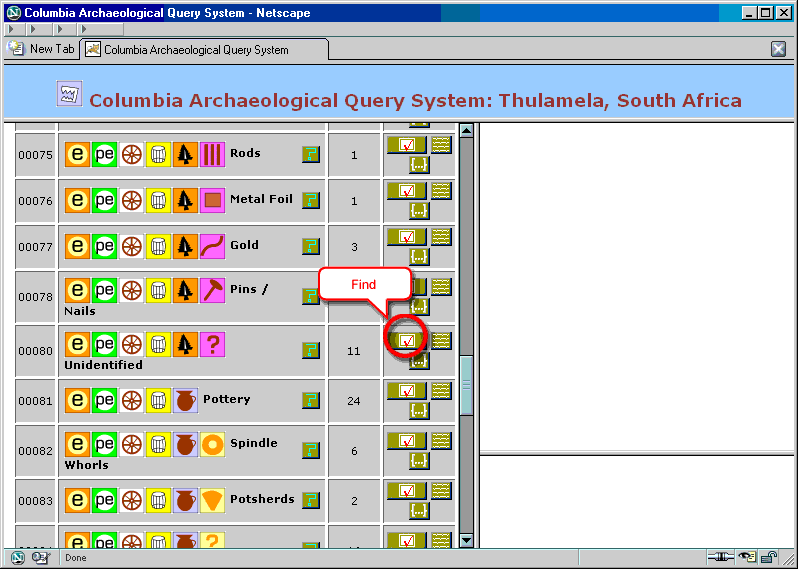
Figure 17. Relating two entity sets: choosing second source entity set
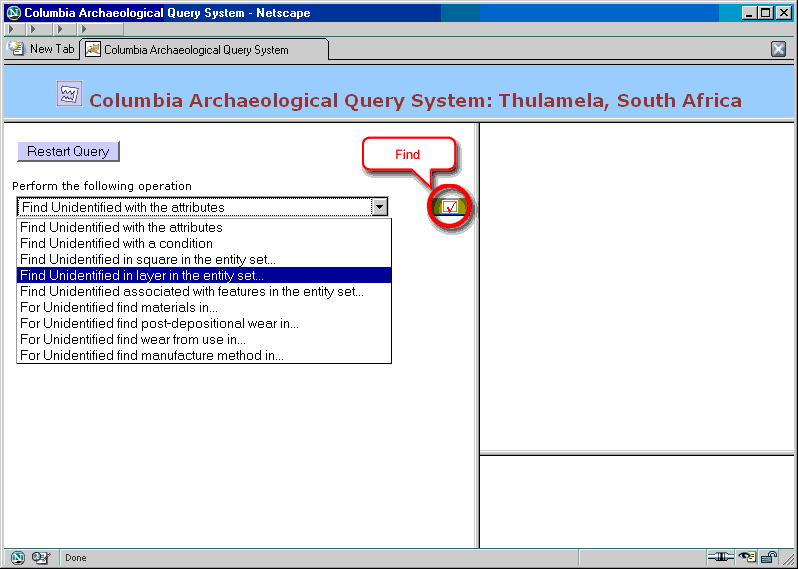
Figure 18. Relating two entitiy sets: choosing second relationship
Please note that the system automatically determines which entity sets are valid to be
related to ![]() Unidentified metal implements: both
Unidentified metal implements: both ![]() Layers and
Layers and ![]() >Layers with Ceremonial are
valid candidates.
>Layers with Ceremonial are
valid candidates.
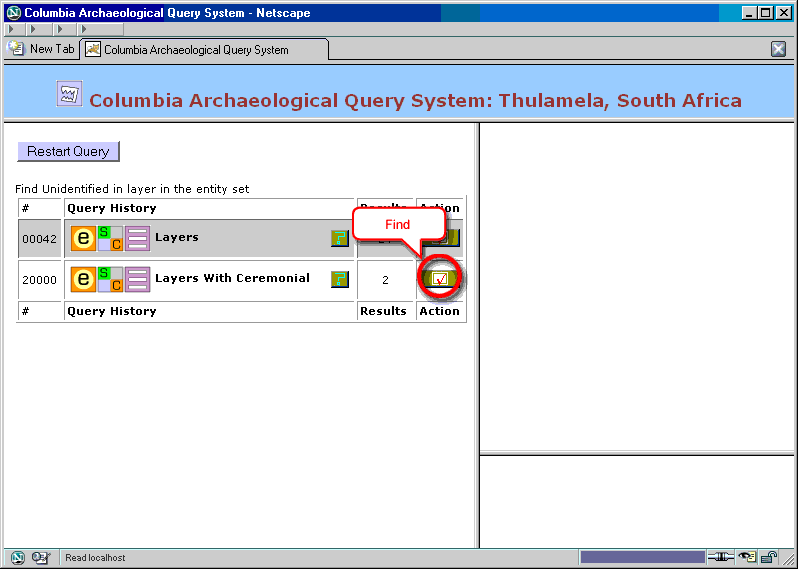
Figure 19. Relating two entity sets: choosing second target entity set
The result of our query is a set of metal implements such as a small fishing harpoon below.
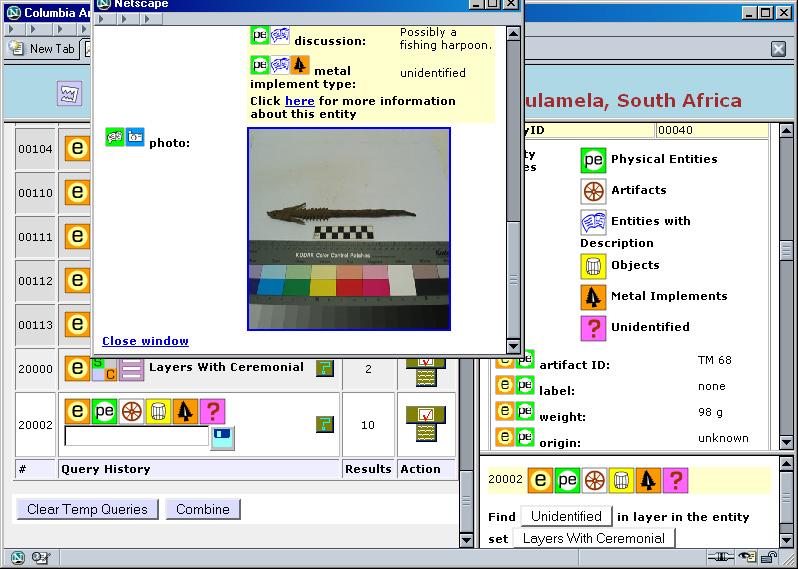
Figure 20. Relating two entity sets: inspecting and saving results
© Internet Archaeology
URL: http://intarch.ac.uk/journal/issue21/3/semijoin.html
Last updated: Mon April 30 2007